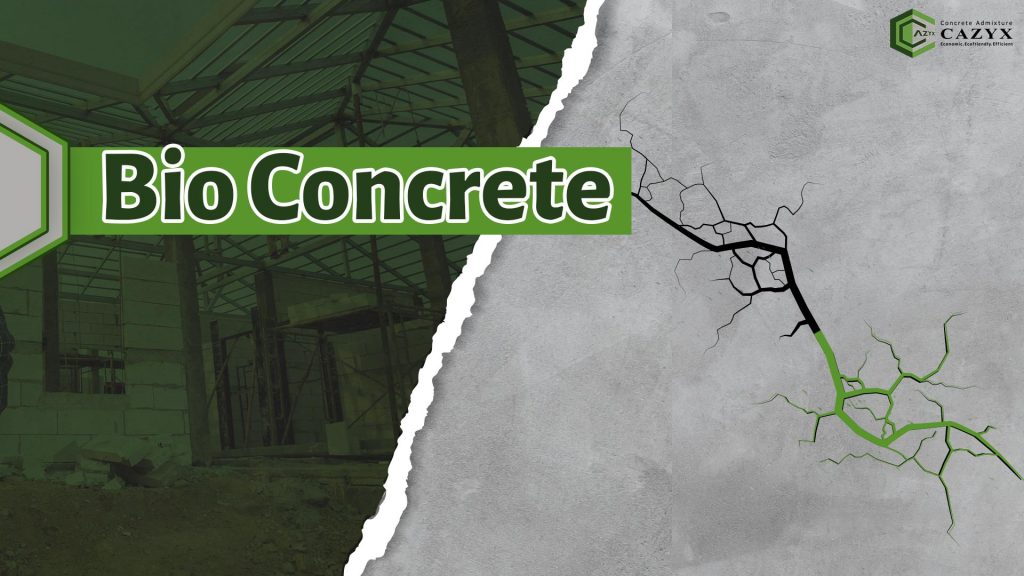
Concrete is an important building material used for construction works. It is mainly used in heavy constructions because of its strength and durability.

No matter how carefully the concrete is mixed , eventually ends up in cracking at some points. There are many factors that affect the durability and strength of concrete, one of the most common is crack formation. Cracks can occur in concrete due to different physical, chemical, mechanical and environmental factors. Large cracks may affect the structural integrity while the small cracks reduce the durability of the structure. Cracks also increase the permeability of matrix there by increasing the chances of corrosion in reinforcement.

Conventional repairing of these cracks in concrete could be expensive, impractical or time‐consuming. In order to reduce the chances of crack formation a structure requires regular maintenance, One way to reduce such costs and to increase the durability of structure is to use a concrete that has self-healing mechanism.

First studies to understand the possible roles of biological organisms in calcite formations date back to 1910. Especially in 1968 studies on the role of microorganisms on geological and geochemical processes gained momentum with the emergence of the multidisciplinary field “geo-microbiology”.
Recently in 2017, a Dutch researcher (Hendrick Jonkers) developed the most innovative features that concrete could have. By slightly tweaking the composition of regular concrete, he infused a biological ingredient that made concrete have self-healing properties.
This technique is based on bio mineralization of bacteria in concrete, a biological process commonly seen in few forms of microorganisms that this method of using microbes in bacterial concrete is known as microbial Induced Calcium Carbonate Precipitation (MICCP) or bio mineralization.
Bio mineralization is a biological precipitation in which organisms create a local micro environment by providing chemical precipitation of mineral phases extracellularly. Bio concrete produces limestone (CaCO3) crystals to fill up the cracks appearing on the surfaces. When the cracks begin to form in the concrete structure water enters the cracks. After coming in contact with water and oxygen, the inactive bacteria become active again. Therefore, the strength and durability can be increased by using these microorganisms as binders and fillers in concrete.


The benefits of bio-concrete extend beyond economic applications. This material reduces carbon emissions, making it possible for commercial and residential builders to lower their carbon footprints. By using less concrete to carry out maintenance and repairs, there will be fewer carbon emissions into the environment over time.

Hits: 82
Zist Yar Varena Company(Private Joint Stock Company) was established in 2014 and has started its activity in the field of production, research and development of modern concrete admixtures in the civil industry and It intends to take steps to improve the quality of concrete and move towards sustainable development by cooperating with the national and international researches and academic centers by using the latest technologies in the world.
All rights of this website belong to Zist Yar Varena Company.